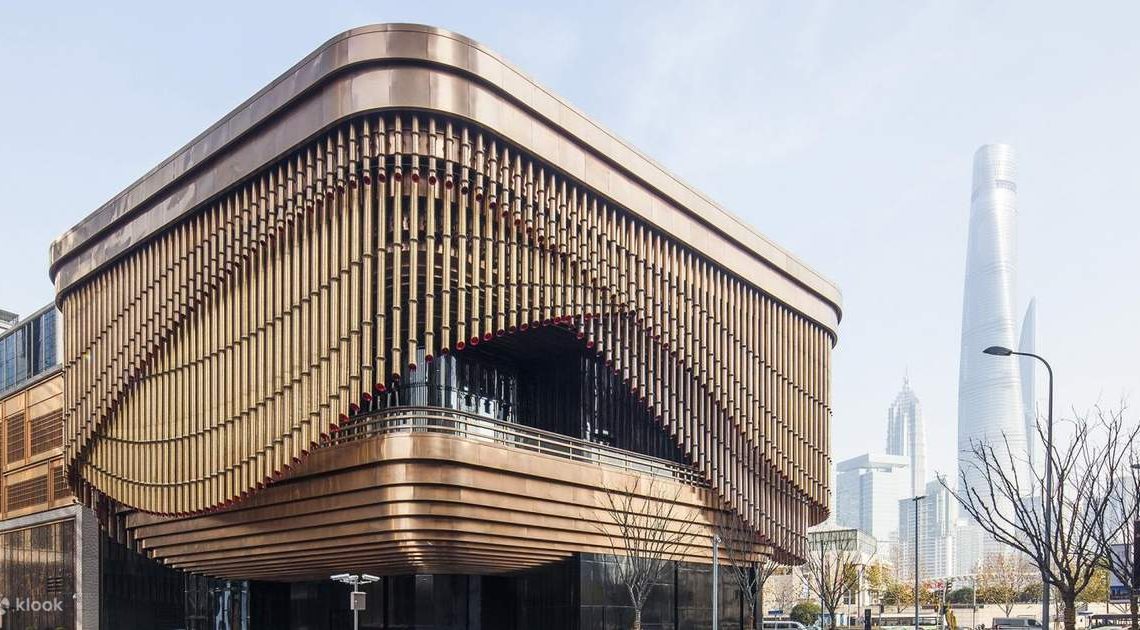Contemporary architecture is reshaping the way we live, work, and interact with our surroundings. Unlike traditional styles rooted in specific historical periods, contemporary architecture reflects the present-day design ethos—a dynamic blend of innovation, sustainability, technology, and artistic expression. With its ever-evolving nature, contemporary architecture has become a dominant force in modern urban planning and design.
What is Contemporary Architecture?
Contemporary architecture refers to the architecture of the 21st century, characterized by its responsiveness to the current cultural, environmental, and technological landscape. While it doesn’t adhere to one specific style, it often includes clean lines, open spaces, minimalism, and a strong emphasis on sustainability.
This architectural approach is a reaction to and progression from modern architecture, offering greater flexibility in form, materials, and technology. Architects practicing contemporary design often focus on functionality, energy efficiency, and user-centric spaces while experimenting with innovative forms and smart materials.
Key Features of Contemporary Architecture
- Sustainable Design: One of the most defining elements of contemporary architecture is sustainability. Green roofs, solar panels, natural ventilation, and the use of recycled or eco-friendly materials are common in contemporary buildings. These features not only reduce environmental impact but also create healthier living environments.
- Integration with Nature: Contemporary architecture often blurs the line between indoor and outdoor spaces. Large windows, open layouts, and the incorporation of natural elements help buildings merge with their surroundings, enhancing the connection between humans and nature.
- Minimalism and Simplicity: Clean lines, uncluttered spaces, and neutral color palettes dominate contemporary architectural design. The minimalist approach emphasizes functionality and form, creating serene and sophisticated spaces.
- Smart Technology: The integration of smart home systems, automation, and energy-efficient technologies is a key component of contemporary architecture. These innovations improve convenience, safety, and energy usage, making homes and commercial spaces more efficient and user-friendly.
- Innovative Use of Materials: Contemporary architecture embraces both traditional and modern materials in creative ways. Glass, steel, concrete, wood, and even upcycled materials are combined to produce unique textures and visual interest.
The Evolution of Contemporary Architecture
Contemporary architecture is continually evolving. Influenced by cultural shifts, technological advancements, and environmental concerns, it adapts to reflect the values and needs of society. Over the past two decades, the emphasis has shifted from mere aesthetics to environmental consciousness and social responsibility.
Architects like Zaha Hadid, Bjarke Ingels, and Shigeru Ban have redefined the boundaries of design by embracing bold forms, sustainable practices, and community-driven projects. Their works illustrate how contemporary architecture is not just about style—it’s about solving real-world problems through creative design.
Contemporary Architecture Around the World
Contemporary architecture can be seen in stunning forms across the globe:
- The Louvre Abu Dhabi, designed by Jean Nouvel, features a massive geometric dome that filters light to mimic sunlight filtering through palm trees—an impressive fusion of culture and modern design.
- The Bosco Verticale in Milan, Italy, by Stefano Boeri, is a residential tower covered in thousands of trees and shrubs, representing a new model for urban forestation.
- Apple Park in Cupertino, California, designed by Foster + Partners, showcases a perfect example of high-tech, sustainable design that promotes collaboration and environmental harmony.
These examples underscore how contemporary architecture goes beyond buildings—it’s a philosophy that merges form, function, and future-readiness.
Why Contemporary Architecture Matters
As cities grow and environmental concerns become more pressing, the role of contemporary architecture is more crucial than ever. It offers innovative solutions to urbanization, climate change, and housing needs. With its emphasis on sustainability, adaptability, and human-centric design, contemporary architecture is shaping the way we build for a better tomorrow.
Moreover, the aesthetic value of contemporary design enhances quality of life. From spacious, light-filled homes to thoughtfully designed public spaces, the impact of contemporary architecture is felt on both a personal and societal level.
Conclusion
Contemporary architecture is a celebration of the present with a deep commitment to the future. It challenges conventional norms and embraces new possibilities, making it an exciting and essential field in today’s world. As we continue to face global challenges and evolve as a society, contemporary architecture stands as a testament to human creativity, resilience, and vision.
Whether you’re an architect, a homeowner, or simply a design enthusiast, understanding and appreciating contemporary architecture offers insight into how we can live more sustainably, efficiently, and beautifully.




